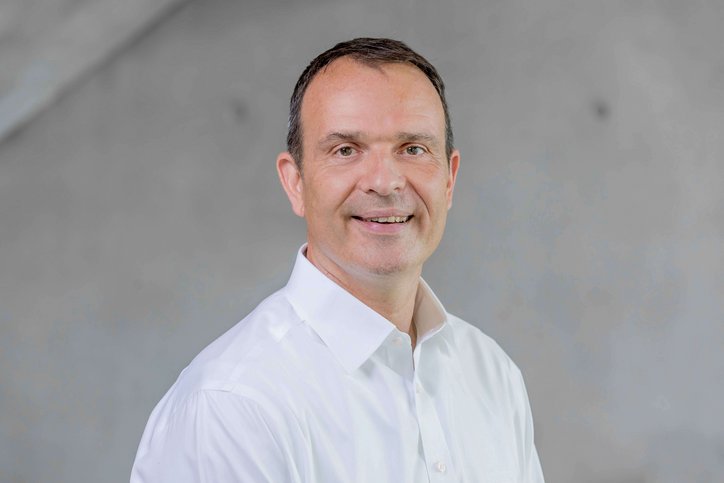Around 30 million tons of concrete are produced in Germany every year. In addition to cement, concrete contains 70 - 80 % aggregates by volume. Due to a rapid increase in construction activity and regulatory restrictions, there are now regional shortages of sand. Bottlenecks could be overcome by recovering and reusing aggregates from concrete rubble. Compared to other industries, the recycling of construction materials is still very limited. In the case of concrete, the cement-based binder matrix is not yet sufficiently separated from the aggregates. Crushed concrete sands (< 2mm) do not yet have the same strength properties as pure sands and can therefore only be used to a limited extent to produce concrete.
The aim of the research project is to develop a new type of technology based on wet grinding technology in combination with attrition to improve the separation of aggregate and binder matrix so that the fractions can be better utilized. The fine fraction, which is rich in cement paste, should be processed or modified as far as possible so that it has pozzolanic activity and can be used for clinker or limestone substitution. Initial tests are to be carried out with a crushed concrete that is as homogeneous as possible and for which the recipe of the concrete is known. The IART and the company AKW are responsible for the procurement of the material and the process engineering tests. VDZ acts as a research partner here and will characterize the materials prepared by the above-mentioned companies and test the performance of the cement-rich fractions obtained. In addition, the VDZ will carry out tests on the formation of pozzolanic reactivity of the cement paste-rich fine fractions.

